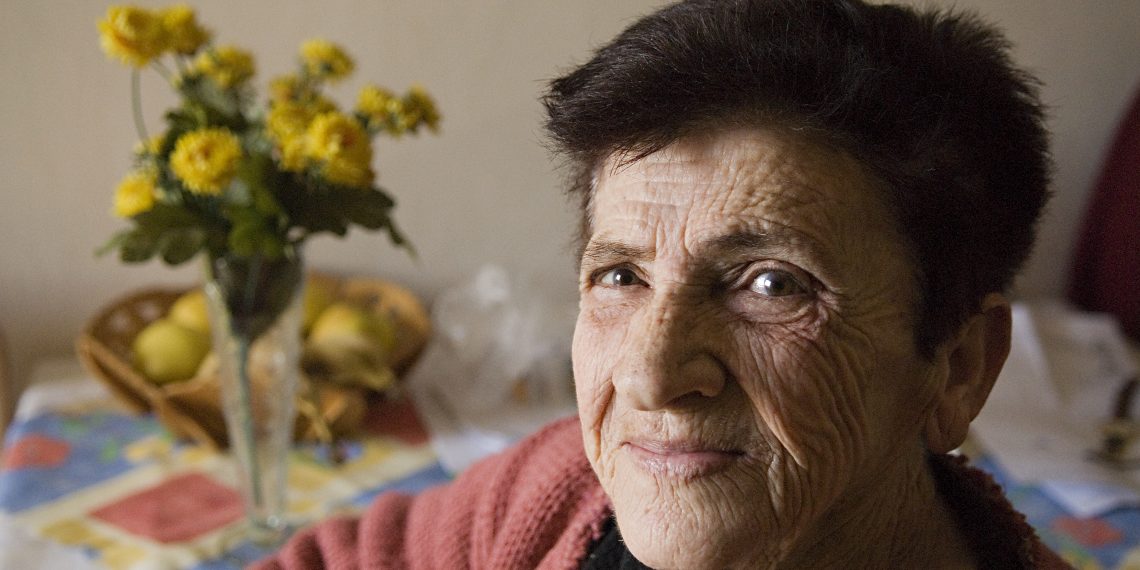
A new study is providing insight into San Diego’s Jewish population. For the first time in 20 years, there is an accurate picture of the 100,700 strong people group.
“San Diego is very different from what it was two decades ago and so we really wanted some accurate and up-to-date information to help us think about the future,” said Michael Hopkins, CEO of Jewish Family Service (JFS).
Over 2,000 randomly selected households participated in the study between June and September 2022. Brandeis University and NORC at the University of Chicago partnered to conduct the demographic study commissioned by the largest Jewish community organizations in San Diego.
The findings show ways San Diego’s Jewish population is both unique to the nation’s Jewish population and to San Diego’s non-Jewish population. For instance, San Diego’s Jewish population skews much older, with a smaller share of children. Only 12% of San Diego’s Jewish population are children, compared to 21% of San Diego’s general population and 24% of all Jewish US individuals. Half of those Jewish children live in central San Diego neighborhoods, although in general San Diego’s Jewish population is geographically diverse.

The next generation of San Diego Jews may be more ethnically and racially diverse, with parents identifying 13% of them as People of Color compared to 5% of Jewish adults self-identifying as People of Color. Of the 12,000 Jewish children in San Diego, 59% have one non-Jewish parent.
“I hope for secular San Diegans they’ll see how warm, inviting and supportive the Jewish community is… This is a very welcoming community to all different cultures,” said Graeme Gabriel, a Mission Hills resident who serves on several nonprofit boards, including Jewish Community Foundation San Diego (JCFSD), one of the organizations that co-sponsored the study.
Five major Jewish organizations in San Diego partnered to commission the study, including JFCSD and JFS as well as Jewish Federation of San Diego County, Lawrence Family Jewish Community Center and the Leichtag Foundation.
They are also all partnering to host an event on Dec. 3 at the Lawrence Family Jewish Community Center, Jacobs Family Campus from 3:30-6:30 p.m. where results of the needs assessment aspect of the study and actionable steps for the future will be discussed.
The organizations plan to continue collaborating to meet the needs of the community in nimble and adaptive ways.
“The level of experimentation and the thoughtfulness around leading what the future of Jewish life could look like, in particular for a growing adult population, really seems like a powerful moment that we can see in San Diego,” said Betzy Lynch, CEO of the Lawrence Family JCC.
Lynch was one of the catalysts for the study. When she moved to San Diego six years ago, she found it was “complicated” to know what direction to take without community data and information. For many of the local Jewish leaders, the results confirmed what they already knew of the local community and gave ideas for future work.
Without knowing exactly how skewed the elderly Jewish population is, the local organizations were already adapting to caring for aging Jewish adults, including the 9% of adults over 75 who are Holocaust survivors. JFS’ Center for Jewish Care provides culturally competent care for 250 such survivors, many of whom do not speak English, live in poverty, and can be retriggered by news regarding Israel and antisemitism.
Concerns about antisemitism are not limited to Holocaust survivors, with two-thirds of San Diego’s Jewish population stating they are concerned about antisemitism as a whole and in the US specifically. The study was conducted three years after the Poway synagogue shooting. With the Israel-Hamas war, Jewish leaders wonder if that rate might be higher. Gabriel said not only are antisemitic remarks happening more often, they are also more blatant and distressing as people do not try to hide bigoted views. Thirteen percent of study participants reported experiencing antisemitism within the last year when interviewed in 2022.

While many of the results aligned with Jewish leaders’ knowledge of the community, they expect the poverty rates to surprise people.
“Many, if not most, in the Jewish community, don’t really recognize that Jews also experience poverty,” Hopkins said.
Hopkins said the data will help JFS and other organizations be more targeted in providing services to financially struggling Jews.
Overall, one in five Jewish individuals in San Diego struggle financially. Gabriel said this finding might shock Jewish people who live in wealthy enclaves like La Jolla and Carmel Valley since this is outside their experience. Gabriel is the board chair of Hebrew Free Loan SD, which provides interest-free loans to impoverished Jewish people at risk of falling into homelessness.
His philanthropic work is indicative of the community as a whole, with 82% of study participants making a charitable donation within the last year. In addition, the Jewish community has high rates of volunteerism, with over half spending time benefitting a cause within the last year.
Lynch said these were among the findings that excited her, alongside embracing cultural diversity and higher rates of emotional attachment to Israel than the US Jewish population as a whole.
“[The study results] really made me feel proud of what our community is about and what it stands for,” she said.
Most Jewish people are involved in Jewish life at the level that satisfies them, whether that be minimally or immersed, according to the findings. Those in the 18-35 age bracket who moved to San Diego within the last decade had higher rates of dissatisfaction. This demographic also had higher rates of living in the South Bay, so geographic barriers are one of the topics to be discussed at Sunday’s community gathering and conversation at the Jacobs Family Campus.









Discussion about this post